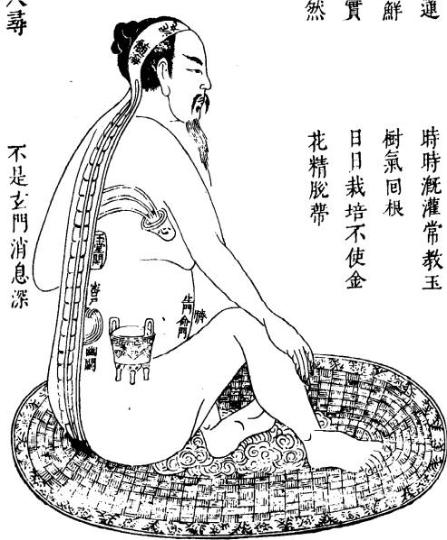
Healing Cultivation Practice: Acupuncture Points as Shamanic Allies
Self-cultivation is necessary for healing. It requires time, attention and the creation of relationship.
Within the healing process, there is the very important relationship between the practitioner/healer and patient. The practitioner acts as the guide and the coach within the healing journey.
From the central connection between practitioner and patient comes the development of more personal relationships: between oneself and one’s body, ones illness, ones narrative around sickness, health, responsibility, power, happiness and peace. Then there are the tools of healing, which classically can be called: ones “allies.”
The term “allies” can be found mostly in Shamanic healing traditions. The ally can be a person, but more likely it is an object or a substance, or even an unseen force. An ally supports a person as they are cultivating, either in the generation of “power” as might be found in the novels of Carlos Castaneda, or the cultivation of wisdom as a sage might engage in, or the cultivation of health and longevity within medical treatment.
In our modern materialistic world we’ve agreed to take the “magic” and mystical out of much of our lives. Yet we accept the help of many allies: our doctors, therapists, the drugs and medications we ingest, even food and drink. Maybe also self-help books and podcasts.
As an acupuncturists I naturally act as an ally for my patients. A colleague often refers to my style of therapy as being “a spiritual friend” to my patients as they go through their journey towards health and happiness. I walk with them through their shadow moments.
I know many techniques to make the healing journey easier, and less painful. But more than that I try to help my patients to cultivate alliances with their bodies, chiefly through their acupuncture points and capacity to circulate and generate internal energy.
The acupuncture points can become allies to us in our healing journey. Once we feel we’ve healed from whatever ails us, the acupuncture points remain as allies to maintain health and wellbeing, once we learn how to use them within ourselves.
The acupuncture points possess physiological and psychological actions. They influence the internal organs and all physiological body processes. They also act as points of wisdom and insight. One of my chief mentors refers to this as “the spirit of the points.” Just like all of us the points have a physical, mental, emotional, as well as spiritual personality. They are living entities. We cultivate relationship with the points in much the same way we do with teachers or friends: we need to get to known them, spend time with them and engage with them.
The ancient name for an acupuncture point was “kong,” which means a cave where a mystic mediates to gain insight and wisdom.
I often indoctrinate my patients into the use of acupuncture points as allies to help sleep disturbances. This is a form of Qi Gong therapy, which itself is a form of internal or moving meditation. The microcosmic orbit is one of the best internal energy meditations to promote better sleep. In this meditation, the patient places focus on circulating energy up or down the spine. There are several acupuncture points that act as guides and depots: one on the top of the head, another on the perineum, and two more: at the tailbone of the ribs (xiphoid process) and tailbone of the spine (coccyx).
Body meditation can be somewhat advanced for some people. Therefore I think it can be helpful to start with something we all engage with several times a day: food.
The first question in forming an alliance with a substance, or a part of our body, or even an unseen force is examining how it makes us feel. Food for example is often ingested in an unconscious way. We know what we crave, what tastes good. But going deeper into creating relationship is examining how the food makes us feel. Does it give us a energy, does it calm us, make us feel strong, or sluggish? What specific effect does it have on our body, mind and even spirit?
Chinese medicine considers “food therapy” the strongest of all healing techniques. We first examine what we like and don’t like and then we examine through practice why we feel the way we do. And then we start to get more sophisticated and notice the specifics of what different types of foods do to us.
Using myself an an example, I’ve created a strong alliance relationship with green tea and the Chinese herb He Huan Pi (also called Albizzia). I have a tendency to become sluggish, lazy and mildly depressed by nature. By placing a couple pieces of Albizzia bark in my green tea has a powerful opening and livening effect on my mood, physical energy and enthusiasm.
For years I’d known green tea has an energy raising effect on me. But through my inquiry into Chinese herbs that treat depression and irritability I found Albizzia and gave it a try. I spent time getting to know this herb on a personal level, engaging with it everyday, noticing its effects. Before studying it intellectually, I got to know Albizzia bark through experience. Later I researched it.
Albizzia is called the “collective happiness bark” (sometimes the “happy marriage bark”). It is classified as an herb that “calms the spirit” impacting the Heart and Liver organs. It is said to “stabilize the mood” by activating blood circulation. Through this action it also alleviates pain and ache of the body.
The same process in creating relationship can be done with food, which is where most of us will want to start when creating healing alliances.
I’ve develop special cravings for bitter lettuces, especially radicchio. After eating this bitter lettuce, I feel calm and strong. According to Chinese food dietetics, ruled by the “law of signatures,” radicchio naturally treats the Heart due to its red color and bitter taste. Bitter is the taste that “enters” the Heart according to Chinese medicine and red is the color that resonates with the Heart. Less often I will crave arugula which is green in color and has a bitter, but also spicy taste which indicates it will impact the Liver (green is the color of the Liver), the Lungs (spicy is the flavor that enters the Lungs) and the Heart (due to the bitter taste).
Often my body will tell me what it wants, as I’ve spent years developing the capacity to be able to listen to the messages my body sends me. My cravings are part of the internal dialogue and feedback system a yogi cultivates for example.
I’ve done the same thing with my acupuncture points. I’ve had nearly 20 years to develop relationship with the points, either through receiving treatment, giving my patients treatment and personal engagement with the points through Qi Gong and meditation. At this point specific acupuncture points tell me when they want to be stimulated or engaged with. They either have a message for me, or they want to perform some regulating function on my physiology or psychology. I will them either focus on them through meditation or stimulate them through massage or acupressure or anoint them with essential oils. In this way I am able to manage and regulate most of my daily ups and downs.
As an acupuncturist, or a “spiritual friend” as my colleague calls me, I devote my working life to helping patients develop their own “mystical yogi capacities.” To demystify this, to become a yogi is simply the process of learning to listen to oneself deeply.
My acupuncture sessions proceed like this. We begin by talking about whatever the patient wants to discuss. I will then feel the pulse of the patient where I can feel/hear the functional energy, blood and fluid levels of all the internal organs and their relationships with one another. We together discuss what I feel and what it might mean. Then we move to the treatment table where I formulate and perform an acupuncture session, placing acupuncture needles gently into specific points on the body. The treatment is created in the moment according to whatever the patient is asking for, what their pulses are asking for and mysteriously what their “spirit” is asking for.
As a healer I’m constantly training my listening and awareness capacity. I want to know the person on all levels, so I can hear them deeply and help them as much as I can. I need to know how to “see” them, hear them, feel them, sense them. I do this through listening to their words, seeing their expression and complexion color changes, feeling their pulses and listening to the subtitles within them. I also need to be open to receiving intuitive messages and inspiration coming from the mysterious spirit realm, as much direction and insight can also come from these “psychic” places.
I myself have created deep relationship with the acupuncture points. I know what they can do, and when they are indicated and needed. They speak to me, and I to them. I know how to go into these points and awaken, excite and direct the energy they conduct. I know how to work with the spiritual wisdom within these points so they influence the treatment, and the person.
My ultimate goal however is to teach the person, first through experience, and second through inquiry, how to develop alliance with the acupuncture points themselves.
As an acupuncturist I use acupuncture needles to communicate with the points, but this is certainly not the only way it can be done. Perhaps the most powerful way of working with the acupuncture points is through internal meditation.
I have a patient who lives across the country from me. We do virtual sessions where I teach him about the acupuncture points and lead him through acupressure and internal meditation protocols using the points. He takes what he’s learned and uses the protocols to treat himself. He has become a very effective self-healer, having cultivated strong alliances with several acupuncture points. He jokes that he’s going to help me write a book called “Nicholas’s ten miraculous acupressure protocols.” I may take him up on the offer, as the results of our sessions have in many cases been quite miraculous.
In my clinical office, after I place the needles into the prescribed acupuncture points, I let the patient lay by themselves quietly so they can enjoy the induced meditation the treatment creates. As with any meditation process, people can become either calm and sleepy or agitated and energized. The treatment can bring up images in the form of dreams; it can release emotions or even cause the body to jerk and twitch as nervous system stress and toxic energy is released.
The deeper reason as to why I leave patients on their own for a period of time is my wish that they begin the cultivation process so they can develop the healing alliances with the acupuncture points. Patients will tell me the points seem to “light up” one by one throughout the session. Some stay “lit up” the entire time. I tell them after the treatment to focus on those areas throughout the next several days, as those are the specific points that are inviting relationship and offering alliance. During subsequent treatments I begin asking the patients what they feel or even “see” or notice upon needling certain points. In time, everyone develops favorites amongst the points. They find their allies.
My allies developed in stages due to the work I did with the two main acupuncturists I’ve worked with. The first encouraged me to create deep relationship with the Kidney channel, especially the points around the diaphragm region, around the navel, and on the lower leg. The names of these points are: “Illuminating Sea,” “Exchange of Faith,” “Guest House,” “Mysterious Gate.” All of these point names have resonance with my personality and my interests.
The other acupuncturist encouraged me to create relationship with the points along the Heart, Stomach and Pericardium Channels, with names such as “Ultimate Spring, “Spirit Gate,” “Abundant Splendor” and “Palace of Toil.”
I have deep appreciation for these healers in helping me through difficult times, but the gifts that have lasted have been my relationship with the acupuncture points: my allies which I sometimes utilize daily to support me in my life.
With my virtual patient, we often spend time “going into” certain points until imagery presents itself and questions are answered. This can be especially powerful and effective to treat sites of pain or discomfort. We look into the area to discover what it is that is stuck there, and try to release it. It’s not always something negative. Sometimes it’s an insight that needs to be looked at and discoursed with.
Most of us spend much of our lives being not very present with ourselves. We are “doing,” but not “being.” The acupuncture treatments I perform spend much time and attention training my patients to be able to listen to themselves: to be with themselves.
Ideally at the end of the treatment process my patients go away feeling more empowered; more in-touch with themselves.
I consider the greatest gift making our own bodies into allies for growth, happiness and well-being. By tapping into the full potential of our bodies and its intrinsic wisdom, we often find that much of the guidance and support we need can be found within. We can all become wise yogis, it just takes time and attention to cultivate.



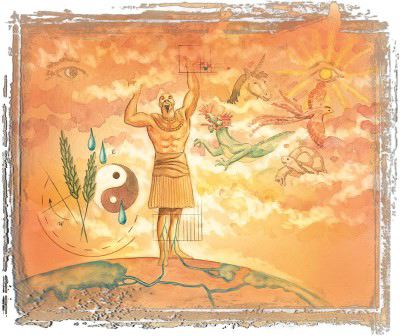
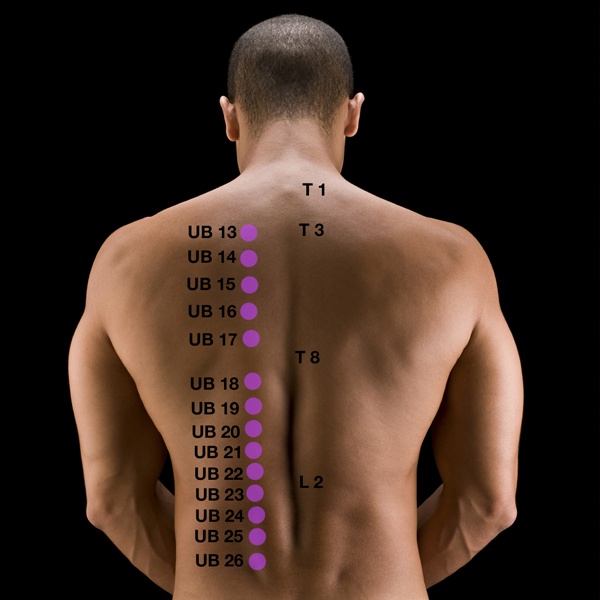

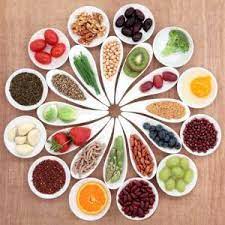

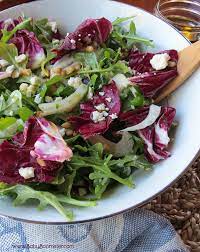

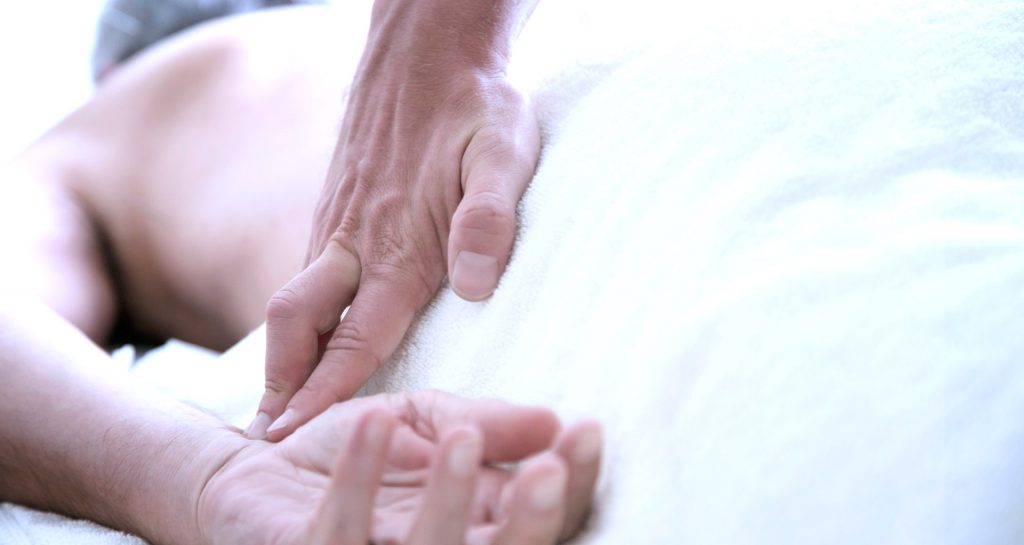
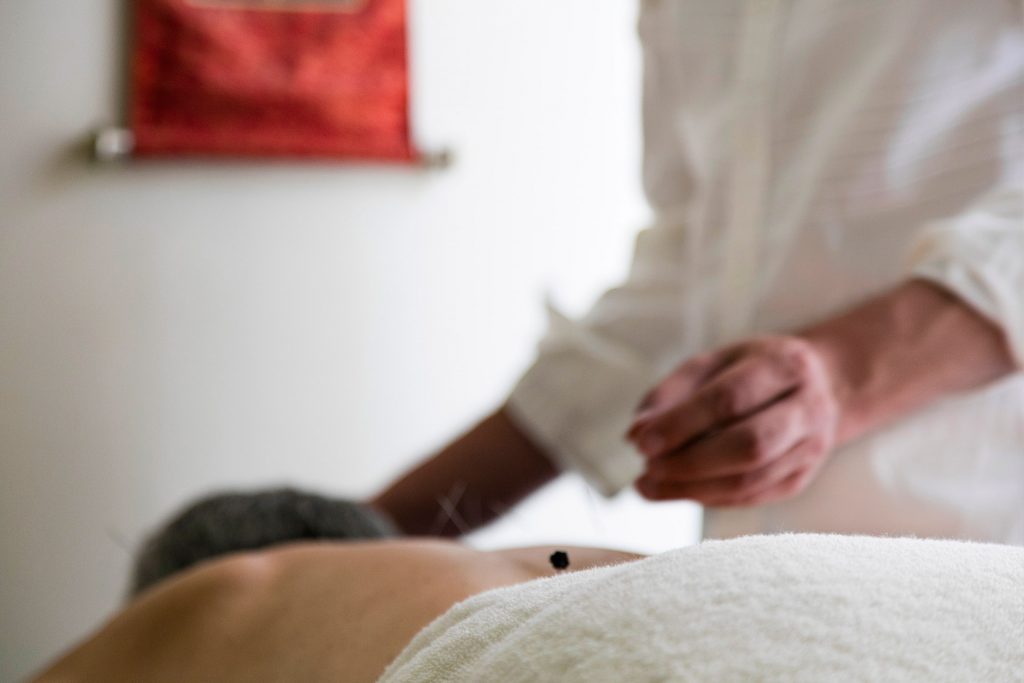
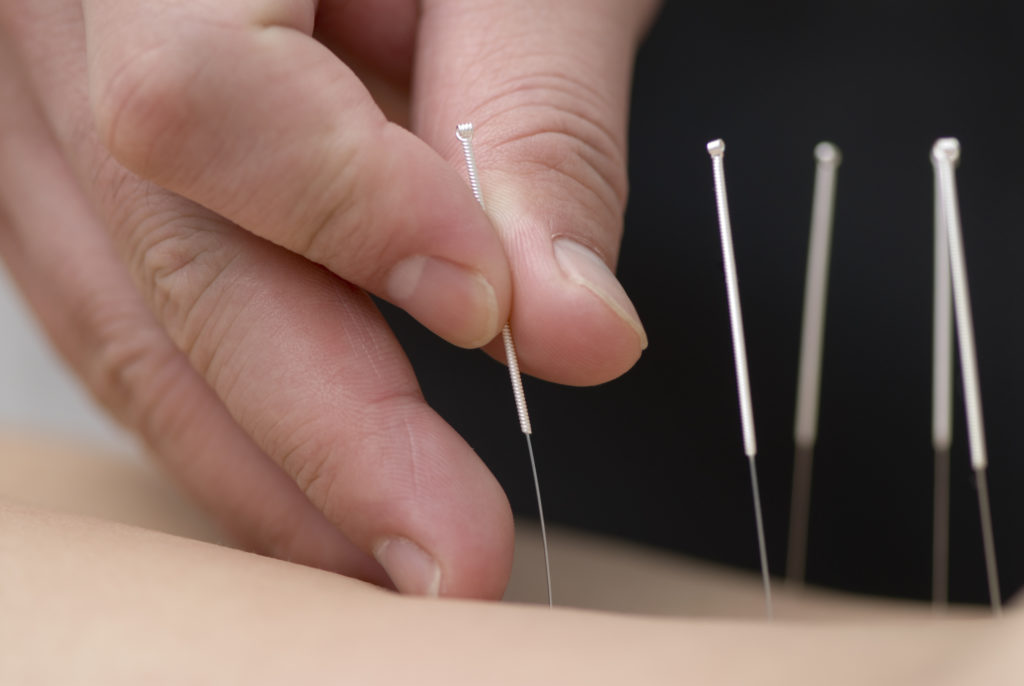
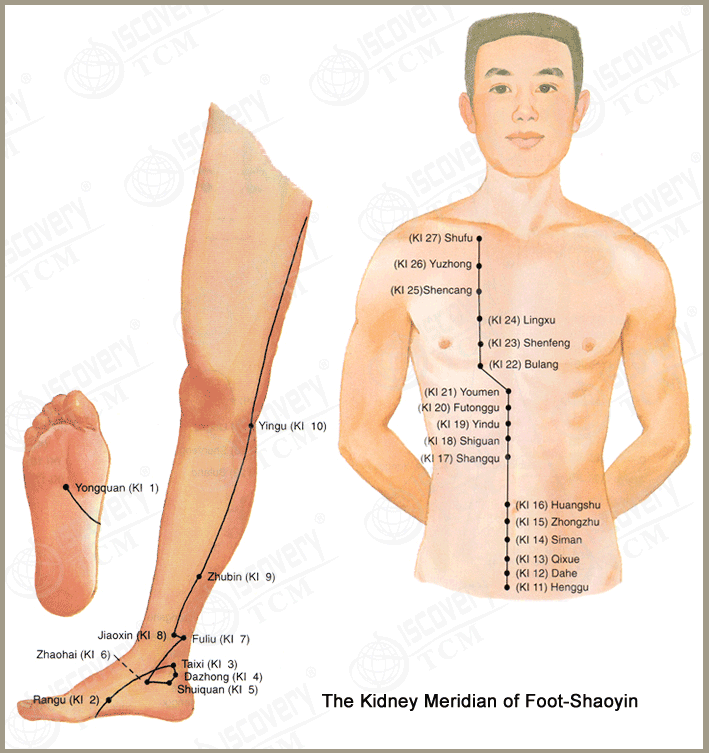
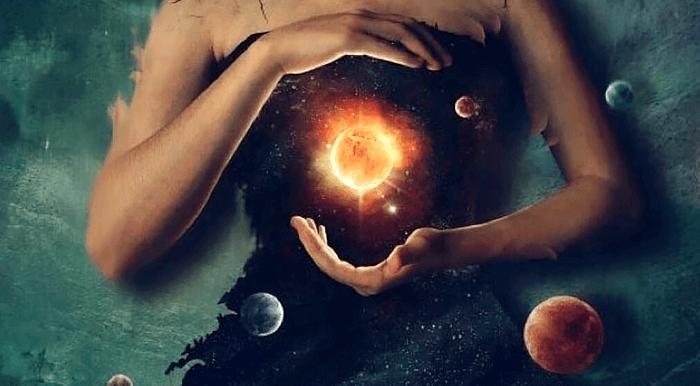



No Comments